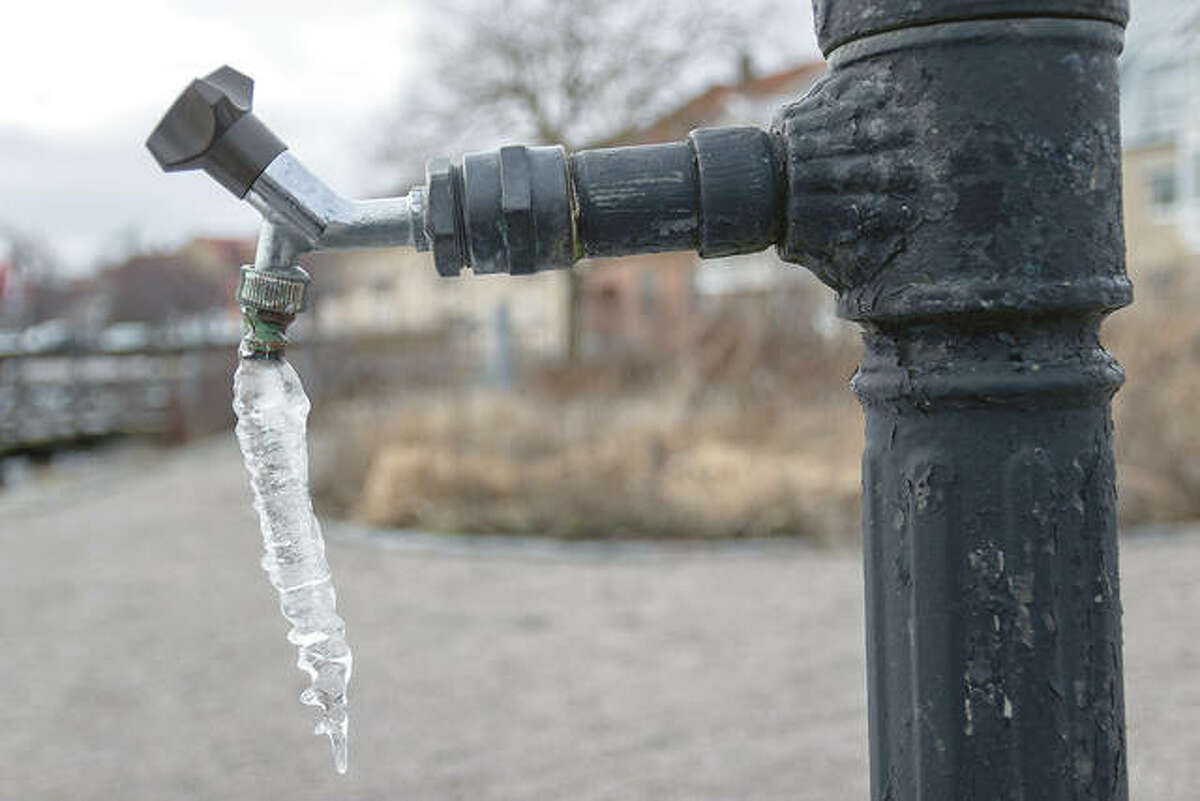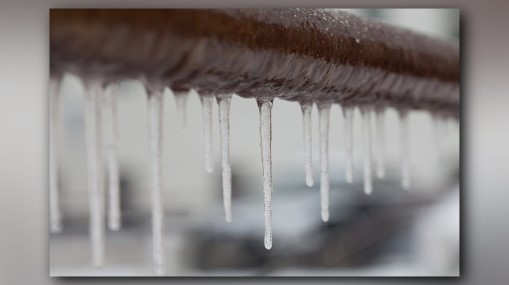Prevent Frozen Pipes in Winter: Professional Advice
Prevent Frozen Pipes in Winter: Professional Advice
Blog Article
What're your ideas concerning Winter Plumbing Precautions: Preventing Frozen Pipes?

Winter can damage your plumbing, specifically by freezing pipelines. Here's exactly how to stop it from happening and what to do if it does.
Introduction
As temperatures decline, the risk of icy pipes increases, possibly causing costly repairs and water damage. Recognizing how to prevent icy pipelines is essential for house owners in cold environments.
Understanding Icy Pipelines
What creates pipes to ice up?
Pipelines ice up when subjected to temperatures listed below 32 ° F (0 ° C) for extended durations. As water inside the pipelines freezes, it increases, taxing the pipe wall surfaces and possibly triggering them to rupture.
Threats and problems
Icy pipelines can lead to water disturbances, residential property damages, and costly repairs. Burst pipes can flooding homes and create considerable architectural damage.
Indications of Frozen Water Lines
Determining frozen pipelines early can stop them from rupturing.
Just how to recognize frozen pipelines
Try to find lowered water flow from taps, uncommon smells or noises from pipes, and noticeable frost on exposed pipes.
Prevention Tips
Shielding vulnerable pipelines
Wrap pipes in insulation sleeves or make use of warm tape to protect them from freezing temperature levels. Focus on pipes in unheated or external locations of the home.
Heating methods
Keep interior spaces properly heated, especially locations with plumbing. Open up cupboard doors to permit warm air to distribute around pipelines under sinks.
Shielding Outside Pipes
Garden tubes and exterior taps
Separate and drain garden hoses prior to wintertime. Set up frost-proof faucets or cover outside taps with shielded caps.
What to Do If Your Pipelines Freeze
Immediate activities to take
If you think frozen pipelines, keep taps open to soothe pressure as the ice thaws. Make use of a hairdryer or towels soaked in warm water to thaw pipes slowly.
Long-Term Solutions
Structural modifications
Think about rerouting pipes away from exterior wall surfaces or unheated locations. Include extra insulation to attic rooms, cellars, and crawl spaces.
Upgrading insulation
Purchase top notch insulation for pipelines, attics, and walls. Correct insulation assists preserve constant temperatures and lowers the danger of frozen pipes.
Verdict
Stopping icy pipes needs aggressive steps and fast reactions. By understanding the causes, signs, and safety nets, property owners can protect their pipes throughout winter.
5 Ways to Prevent Frozen Pipes
Drain Outdoor Faucets and Disconnect Hoses
First, close the shut-off valve that controls the flow of water in the pipe to your outdoor faucet. Then, head outside to disconnect and drain your hose and open the outdoor faucet to allow the water to completely drain out of the line. Turn off the faucet when done. Finally, head back to the shut-off valve and drain the remaining water inside the pipe into a bucket or container. Additionally, if you have a home irrigation system, you should consider hiring an expert to clear the system of water each year.
Insulate Pipes
One of the best and most cost-effective methods for preventing frozen water pipes is to wrap your pipes with insulation. This is especially important for areas in your home that aren’t exposed to heat, such as an attic. We suggest using foam sleeves, which can typically be found at your local hardware store.
Keep Heat Running at 65
Your pipes are located inside your walls, and the temperature there is much colder than the rest of the house. To prevent your pipes from freezing, The Insurance Information Institute suggests that you keep your home heated to at least 65 degrees, even when traveling. You may want to invest in smart devices that can keep an eye on the temperature in your home while you’re away.
Leave Water Dripping
Moving water — even a small trickle — can prevent ice from forming inside your pipes. When freezing temps are imminent, start a drip of water from all faucets that serve exposed pipes. Leaving a few faucets running will also help relieve pressure inside the pipes and help prevent a rupture if the water inside freezes.
Open Cupboard Doors
Warm your kitchen and bathroom pipes by opening cupboards and vanities. You should also leave your interior doors ajar to help warm air circulate evenly throughout your home.

I am very involved in Winter Plumbing Precautions: Preventing Frozen Pipes and I'm hoping you liked our article. Liked our piece of writing? Please quickly share it. Help other people discover it. Thanks a bunch for your time. Please visit our blog back soon.
Get A Quote Report this page